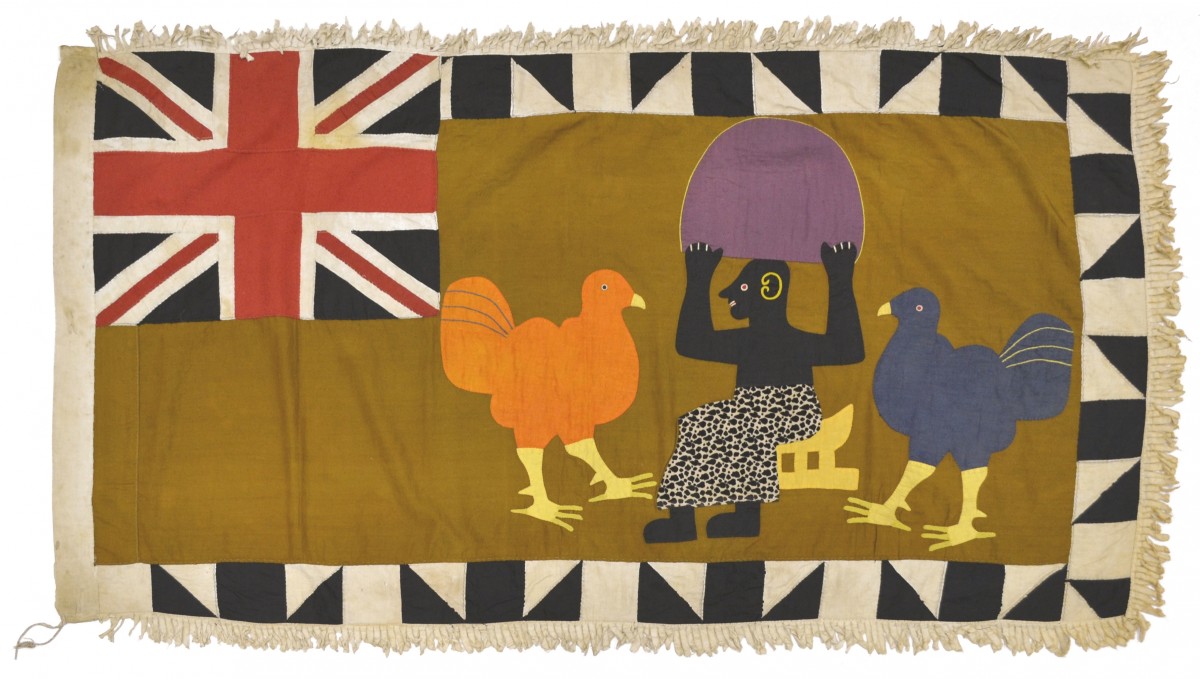In Mali, a chiwara is a mythological hero that is part human, part antelope.
This selection of African art is inspired by the San Diego Zoo’s new Africa Rocks exhibit! Continue your journey through Africa by exploring their new habitats, which spotlight the amazing biodiversity found on the African continent.








